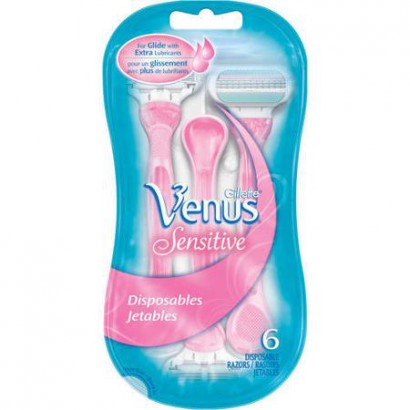Close Shave: How to achieve a better shave with your razor?

We love the feeling of having smooth legs, but hate the process of shaving. With our round up of dos and don'ts, shaving might just not be that bad after all.
Shaving. This word could bring about a sense of frustration or remind you of all the times you have had to stick band aids over multiple areas due to a nick or two. Memories of razor burns are going to be a thing of the past with our list of dos and don'ts to abide by.
USE WARM WATER WHILE SHAVING
When shaving, wet your legs with warm water before going in with a razor. Warm water helps to hydrate and soften the skin, making it easier to achieve a close shave.
NEVER SHAVE ON BARE SKIN
While it may seem like the quickest option, do not shave your bare skin. Not only will this make your skin more sensitive, it increases the chance of in grown hair follicles forming. Create a barrier between your razor and skin with the use of shaving cream or even shampoo conditioner.
SHAVE IN OPPOSITE DIRECTION OF HAIR GROWTH
Simply put, this gives you the smoothest shave possible. Never run over the same area multiple of times as this may irritate the skin. After shaving, press a cold towel onto the shaved region to calm it down. This also helps to tighten any pores.
SHAVE USING LONG STROKES
When shaving, use long strokes with minimal pressure. You do not want to press the blade too hard into your skin as you might end up causing a nick. In between strokes, gently rinse the blade with water to get rid of any hairs stuck on the blade.
FINISH OFF WITH MOISTURIZER
While you may be basking in the glory of having smooth skin after shaving, it is essential to moisturize the shaved area well. This helps to soothe any inflammation and replenish any lost moisture. If a moisturizer feels a tad bit too heavy, opt for a soothing gel.
Contrary to popular belief, shaving does not make the hair grow back thicker. Shaving is a method used to remove surface hair. However due to the sharp edges of the shaving blade, it cuts the surface hair off at an angle. This causes the rough stubble you experience (often misrepresented as thicker hair growth). With the right techniques and appropriate shaving products, you will be able to achieve a better shave. Head over to the gallery above for a round up of products to include in your DIY home shaving kit.
Perin Sidhu
READ MORE:
Hair Removal 101: Which method should you use?
Close Call: Ladies, to shave or not to shave your face?



